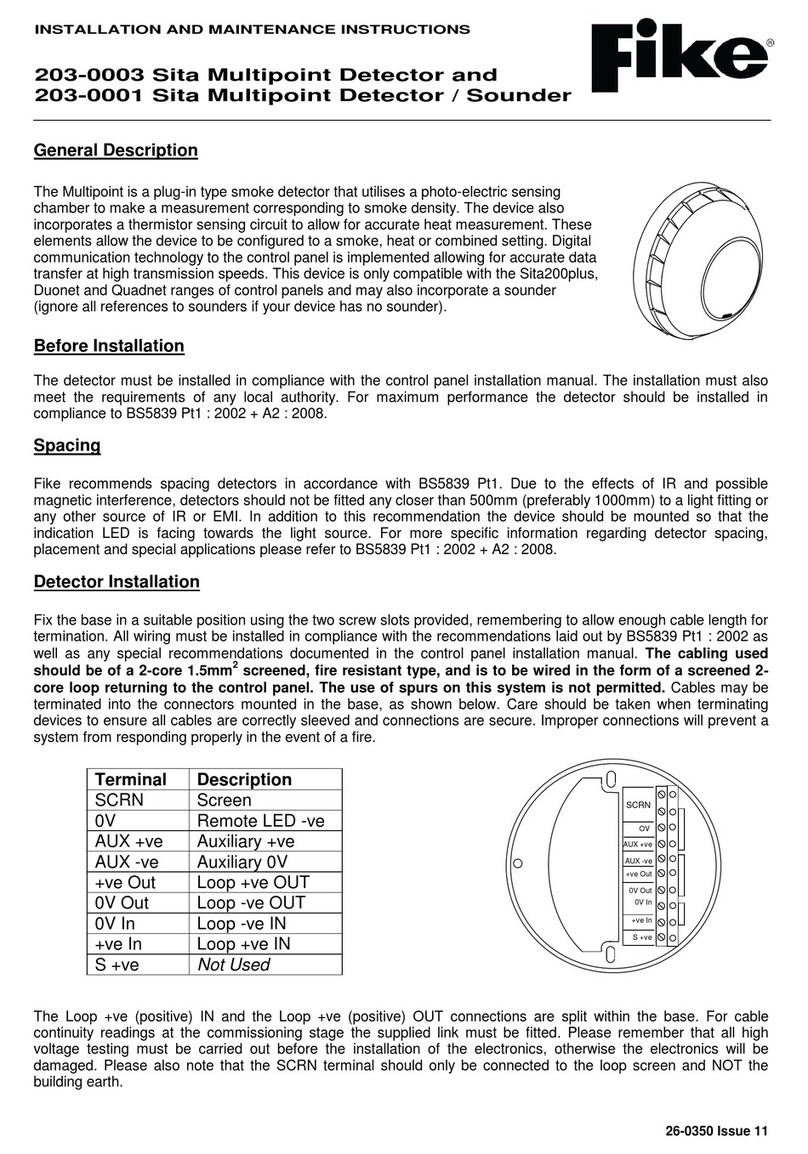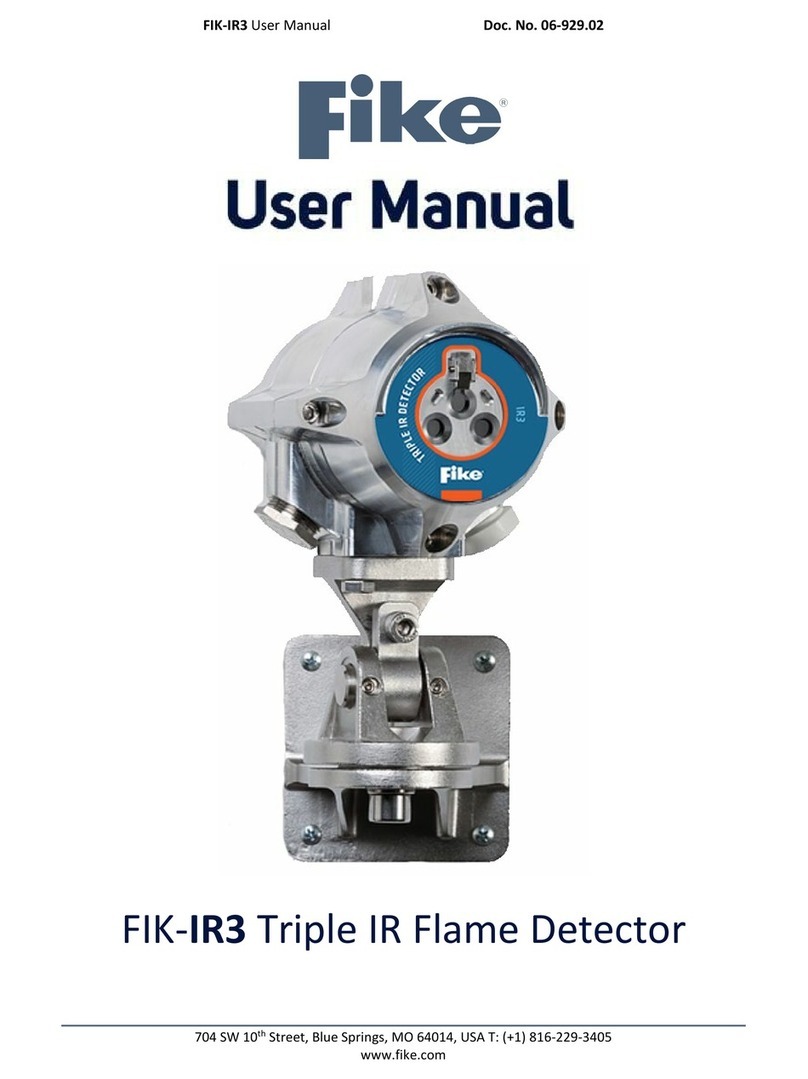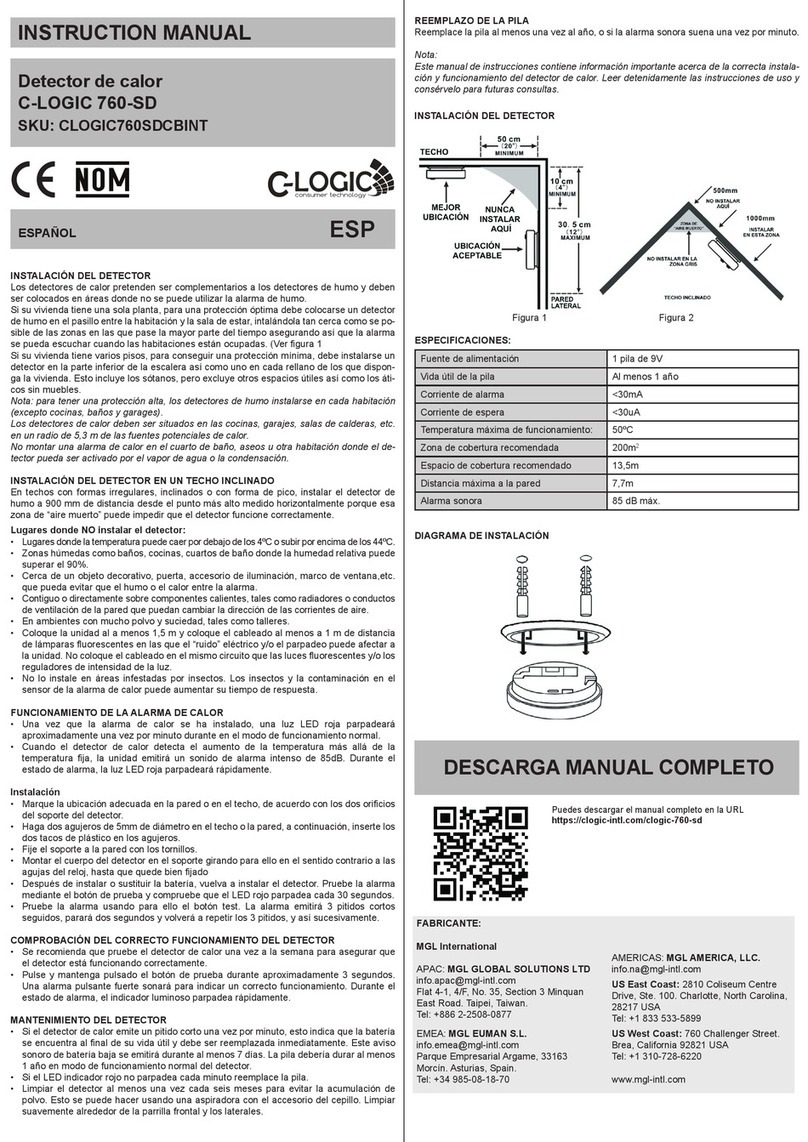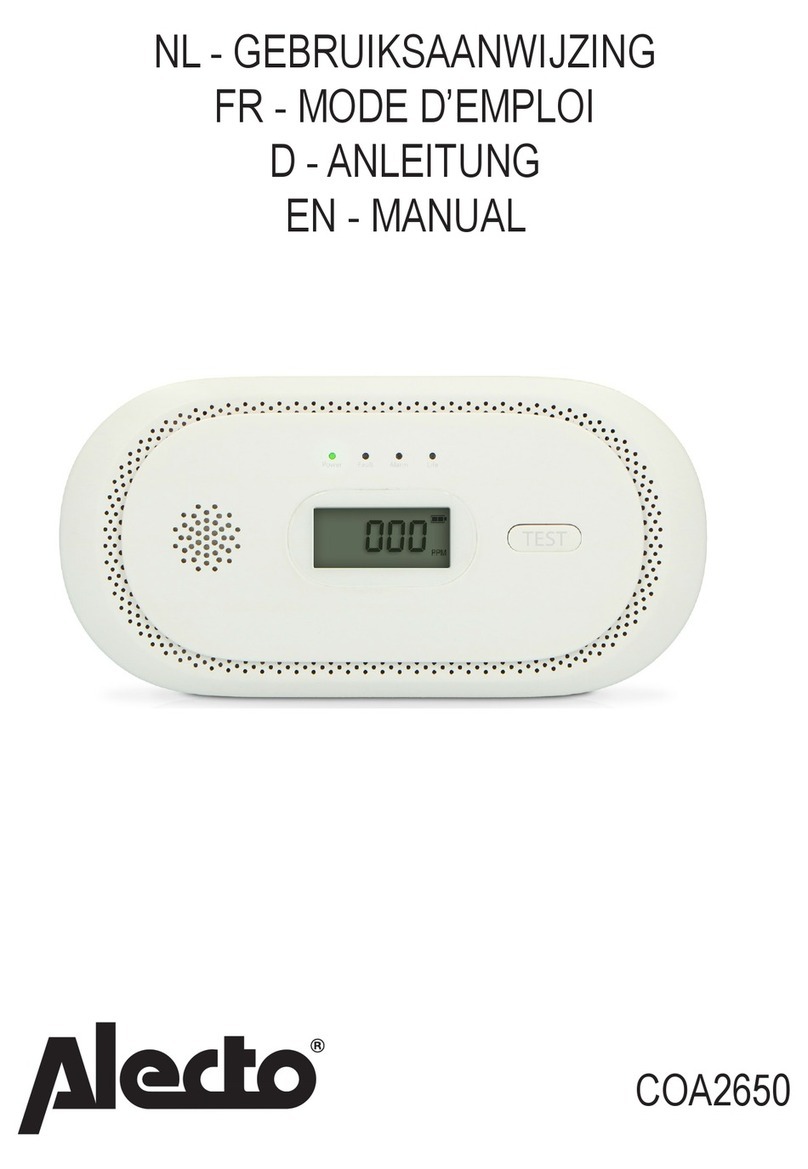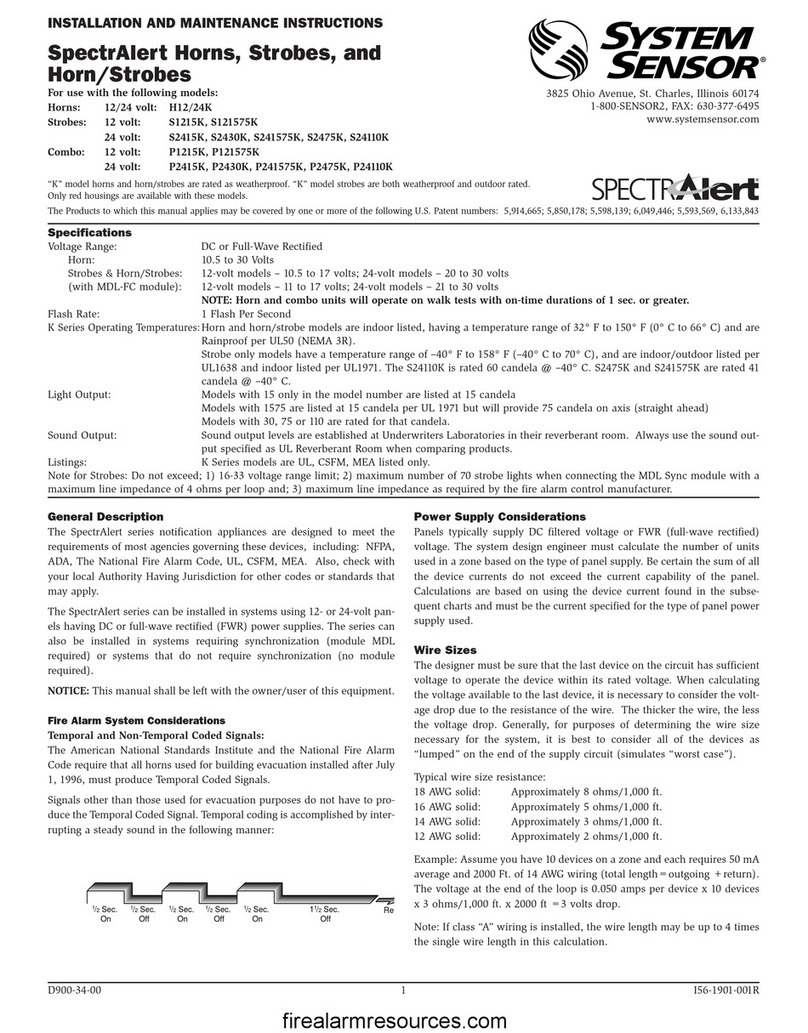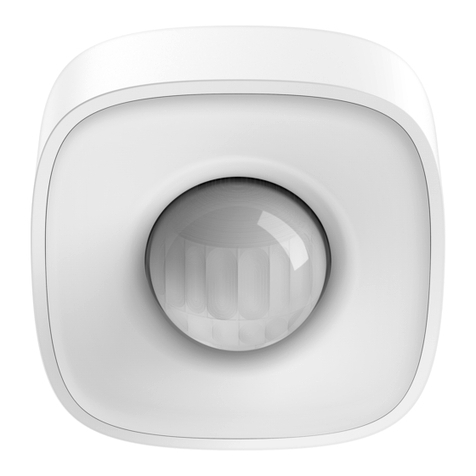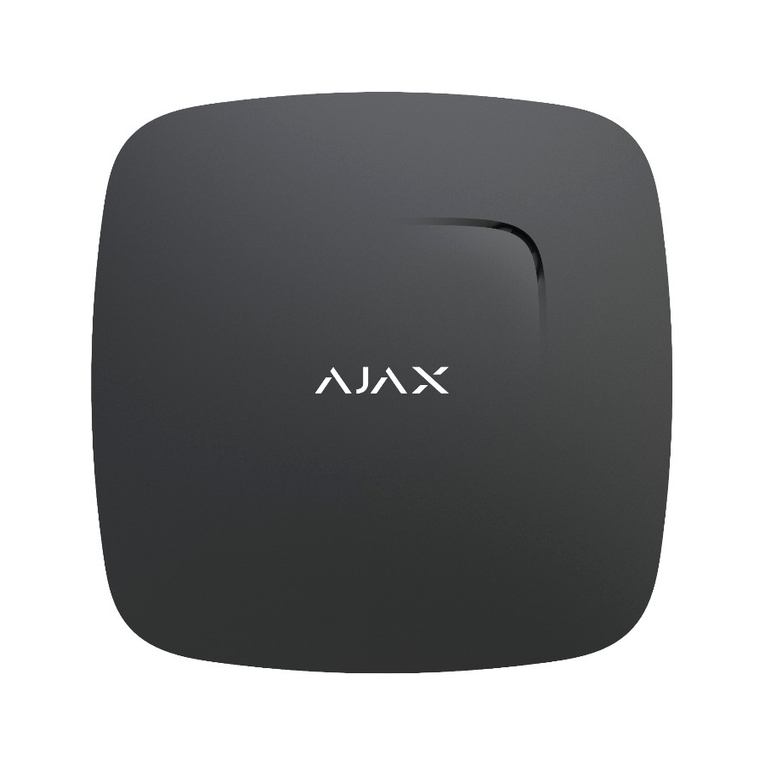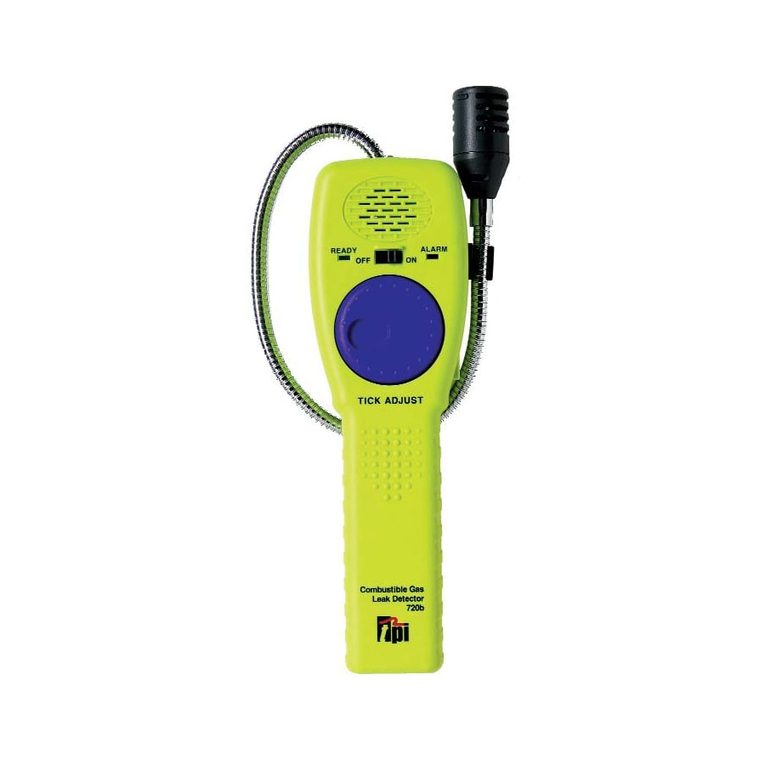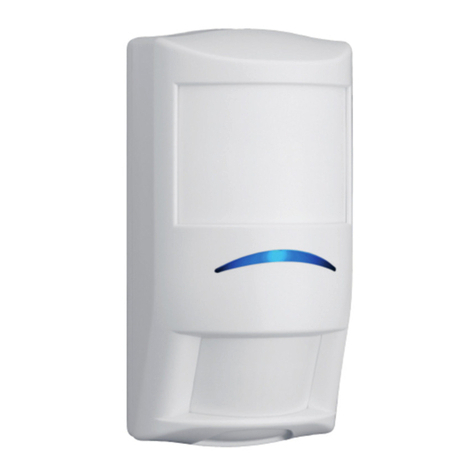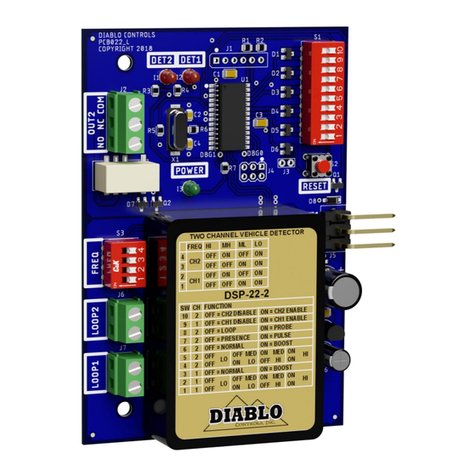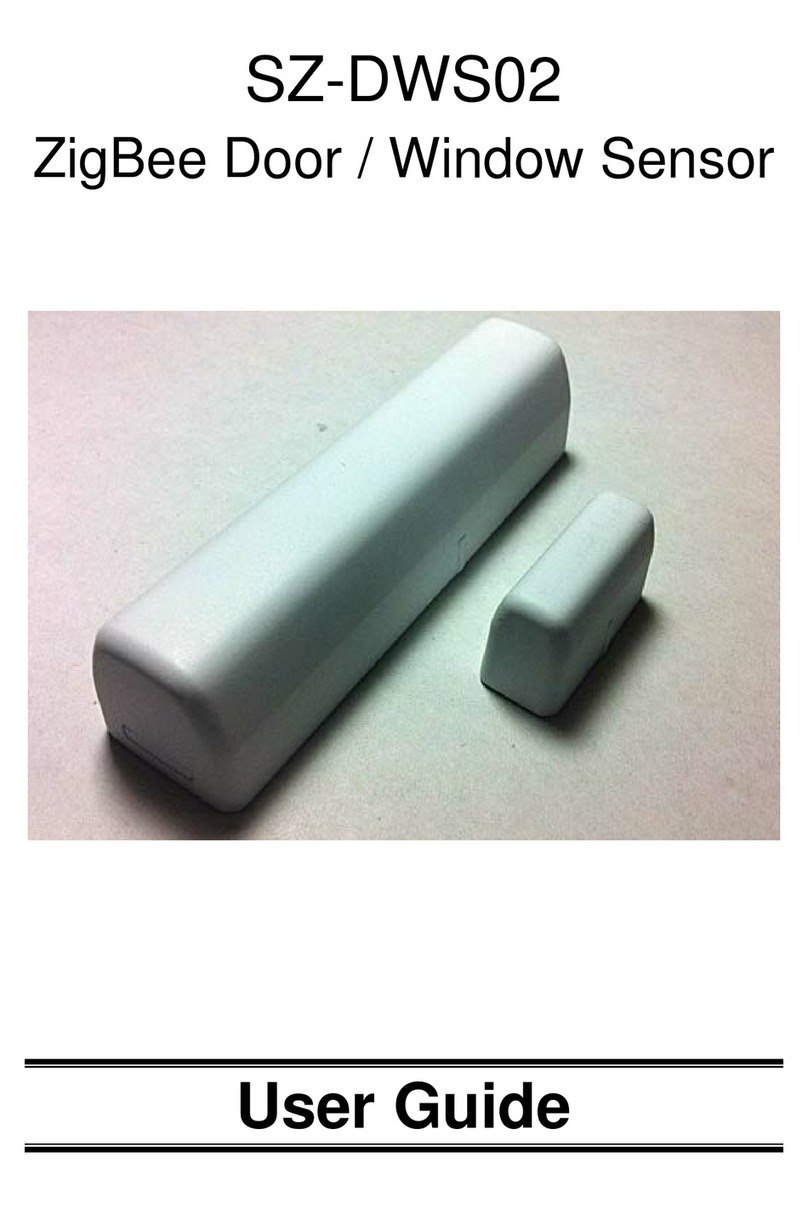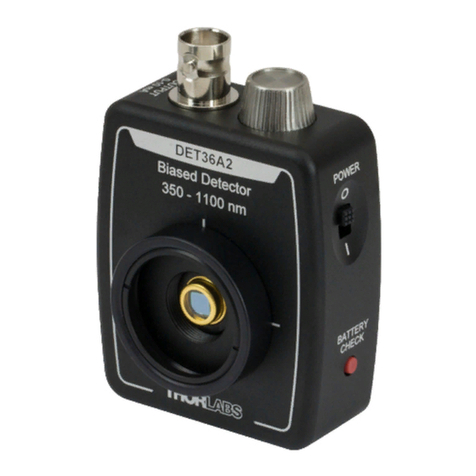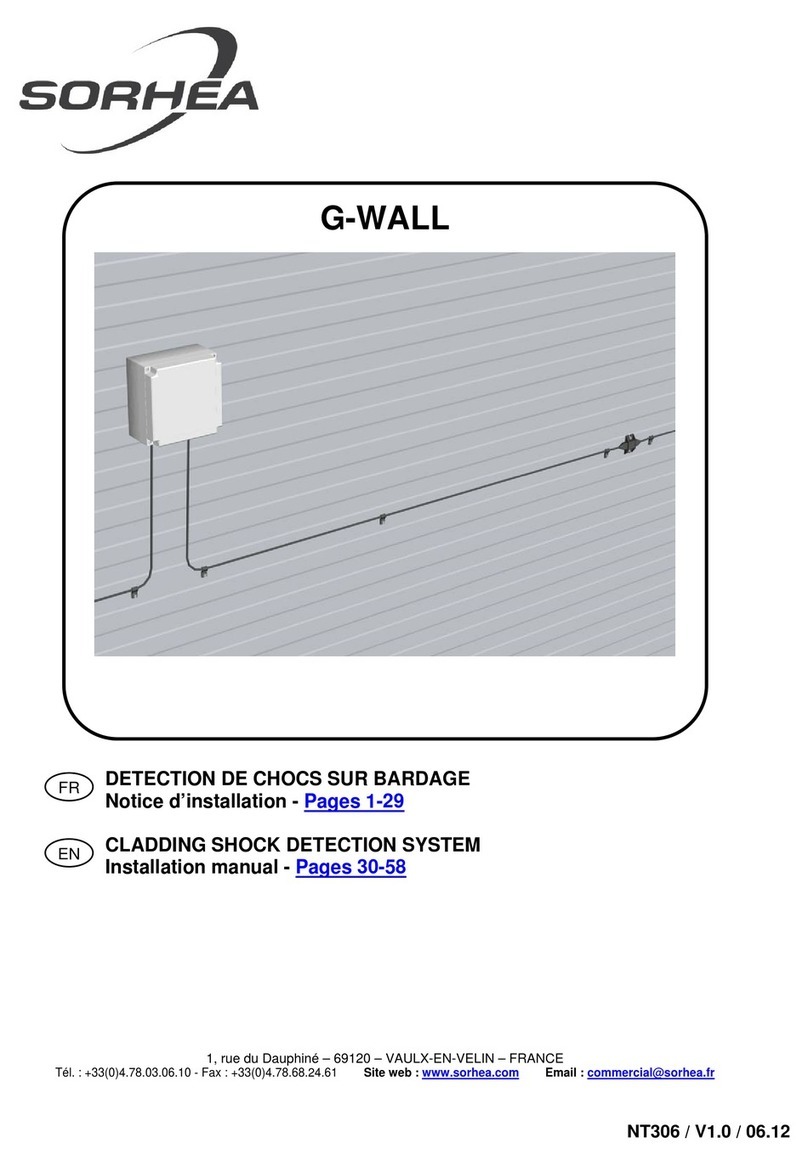Fike Twinflex Multipoint 202-0003 User manual

INSTALLATION AND MAINTENANCE INSTRUCTIONS
202-0003 Twinflex Multipoint Detector
202-0001 Twinflex Multipoint Detector
with Sounder
26-0027 Issue 12
General Description
The Multipoint is a plug-in type smoke detector that utilises a photo-electric sensing
chamber to make a measurement corresponding to smoke density. The device also
incorporates a thermistor sensing circuit to allow for accurate heat measurement. These
elements allow the device to be configured to a smoke, heat or combined setting. Digital
communication technology to the control panel is implemented allowing for accurate data
transfer at high transmission speeds. This device is only compatible with the Twinflex
control panels (and their associated detection and alarm equipment) and may also
incorporate a sounder (ignore all references to sounders if your device has no sounder).
Before Installation
The detector must be installed in compliance with the control panel installation manual. The installation must also
meet the requirements of any local authority. For maximum performance the detector should be installed in
compliance with BS5839 Pt1 : 2002 + A2 : 2008.
Spacing
Fike recommends spacing detectors in accordance with BS5839 Pt1. Due to the effects of IR and possible
magnetic interference, detectors should not be fitted any closer than 500mm (preferably 1000mm) to a light fitting or
any other source of IR or EMI. In addition to this recommendation the device should be mounted so that the
indication LED is facing towards the light fitting. For more specific information regarding detector spacing,
placement and special applications please refer to BS5839 Pt1 : 2002 + A2 : 2008.
Note: As with other optical detectors, this device should not be located where subjected to high levels or pulses of
light or infra red light, as this may cause false alarms or faults.
Detector Installation
All wiring must be installed in compliance with the recommendations laid out by BS5839 Pt1 : 2002 as well as any
special recommendations documented in the control panel installation manual. The cabling used should be of a 2-
core 1.5mm2screened, fire resistant type (e.g. MICC or FP200 equivalent), and is to be wired in the form of a
screened 2-core radial circuit (with no spurs) from the control panel, terminating at the last (“End of Line”) device.
Fix the detector base in a suitable position using the two screw slots provided, remembering to allow enough cable
length for termination. You may then terminate your cables directly into the terminal block according to the terminal
labels. It is important to maintain the screen continuity in order to protect against data corruption from interference.
Connections
Terminal Description
SCRN Screen
0V Out Zone -ve out to next device
0V In Zone –ve in from panel
(or previous device)
– Remote LED Remote LED output -ve
+ Remote LED Remote LED output +ve
+ Line In Zone +ve in from panel
(or previous device)
+ Line Out Zone +ve out to next device
Note: The “+ Line Out” and “0V Out” terminals must
not be used on the last device in the zone.
0V In
0v Out
SCRN
+ Remote
LED
- Remote
LED
+ Line In
+ Line Out
Not connected
Not connected

26-0027 Issue 12
Twinflex Multipoint Detectors can be mixed on the same zone as other types of Twinflex device (eg. Twinflex
Callpoints). The above diagram shows how to make the zone positive, zone negative and screen connections
between the control panel and Twinflex Multipoint Detectors. Refer to the instruction leaflets supplied with other
Twinflex devices for their equivalent wiring/terminal labelling details.
Please note that the SCRN terminal on the detector bases should only be connected to the zone cable screen and
NOT to the building earth. The cable screen is connected to earth at the panel end only, via the zone “SCRN”
terminal (or EARTH terminal on the Twinflex V3 2/4/8 Zone panels). It is important to maintain the screen continuity
in order to protect against data corruption from interference.
Once all testing has been carried out on the cabling and ‘continuity & integrity’ has been proven, the Multipoint unit
may be assembled.
Program the onboard DIL switches as required before inserting the Electronics Module. Then locate the pins and
gently push home the module.
Remember that the device at the end of the line must have its EOL signal activated using the
relevant DIL switch. Do not use a resistor or capacitor (or another manufacturer’s End of Line
device) as the end of line, as this may prevent correct operation of the zone.
The Detector Head may then be offered up and twisted to locate until the catch operates. Remember not to force
this item. If the Electronics Module is correctly located then the Detector Head should locate with very little force.
Tamper Resistance and Head Removal
The Multipoint detector incorporates a tamper resistant locking mechanism that
prevents its removal from the base without the use of a special tool. To remove the
device the tool should be offered up to the detector and turned anti-clockwise
allowing the detector to be removed from the base.
If required the Electronics Module may be removed by
inserting the Key into the triangular slot adjacent to the
LED and then pulling to ease the Module out. Do not
pull on the optical transmitter and receiver pair as you
may misalign them.
DIL Switch Settings
The detector DIL switches may be used to program the operation of
the Multipoint Detector. They may be altered when the device is
removed from the base.
If a heat detection mode is selected then use the ‘HEAT’ labels
supplied to label the base of the detector clearly.
The last device on the circuit must have the EOL signal enabled
(switch number 1 in the ‘ON’ position).
SWITCH OFF
SWITCH ON
1 2 3 4 5 6 7 8
O N
SCRN
ZONE -VE
ZONE +VE
+ Line In
+ Line Out
OV In
OV Out
SCRN
SCRN
+ Line In
+ Line Out
OV In
OV Out
SCRN
SCRN
TWINFLEX MULTIPOINT TWINFLEX MULTIPOINT
CONTROL PANEL
OPTICAL CHAMBER & HEAD
REMOVAL TOOL
ELECTRONICS MODULE &
REMOVAL KEY

26-0027 Issue 12
DIL SWITCH SETTINGS
1 2 3 4 5 6 7 8
EOL Signal Disabled (no end of line signal) OFF
Enabled ON
Detection Mode Disabled (no detection) OFF OFF OFF
Smoke 1 – Standard optical with high thermal
enhancement
ON OFF OFF
Smoke 2 – Standard optical with normal thermal
enhancement
OFF ON OFF
Smoke 3 – Low sensitivity optical with transient
rejection
ON ON OFF
Heat 1 – Rate of Rise 58
o
C, general use in normal,
stable environments
ON OFF ON
Heat 2 – Low fixed 58
o
C, Domestic kitchens etc OFF ON ON
Heat 3 – Hi Fixed 90
o
C, Commercial kitchens,
boiler rooms
ON ON ON
Smoke 2 / Heat 2 Combined OFF OFF ON
Logical Link * Logical link disabled OFF
Logical link enabled ON
Sound Pattern Disabled (no sound) OFF OFF
Sound 1 (Continuous tone at 970 Hz) ON OFF
Sound 2 (Alternating tone at 800/970 Hz) OFF ON
Sound 3 (Sweep up tone at 800 to 970 Hz) ON ON
Sounder vol Low OFF
High ON
* For use with Twinflex Checkpoint Plus Control panels only. The setting will be ignored on standard systems. With Logical Link enabled the
sounder in that device only will operate during the Alarm Confirmation period, and with the Logical Link disabled all the sounders in the same
zone as the device in alarm will operate during the Alarm Confirmation period.
Power Up
The Multipoint detector requires approximately one minute on power up to boot up its processor and settle down to
normal operation. Do not test the detector during this time. Ensure that the Detector Head is installed when the
system is powered up otherwise a fault condition will be present.
Head Contamination Warnings
If a smoke detector becomes dusty,its operation is affected, either making it more prone to false alarms, or in rare
cases reducing its sensitivity. The Multipoint LED will flash once approximately every 1.3 seconds. At the control
panel, the common ‘Fault’ LED will flash, the buzzer will sound and the relevant ‘Zone Fault’ LED will flash at
approximately twice the rate of the buzzer.
Replacing Contaminated Detector Head
The Detector Head contains the optical chamber. When an optical chamber becomes contaminated we recommend
replacing it with a new item. Cleaning an old chamber will not give satisfactory results. Firstly investigate the control
panel indications as above, then check the devices in the relevant zone to locate the Multipoint detector indicating
‘Fault’.
Remove the Detector Head with the Head Removal Tool and replace it with a new one. The fault indication should
clear in 30-45 seconds and return to normal.
Testing
We recommend the use of suitable smoke test equipment such as the ‘No Climb’ SOLO 300 tester or an equivalent
product. Due to the fact that the smoke detection modes are all ‘thermally enhanced’, it may be noticeable that on
test the devices respond more slowly than may be expected. This is perfectly normal and is due to the fact that
during test there is no additional heat present to cause the sensitivity to be enhanced.
Smoke mode 3 requires that the concentration of smoke is kept up for a longer period to trigger the device into
alarm, so patience is required. Small regular applications of test smoke are best in order to avoid drenching the
detector as this may result in sticky residues being left behind.

26-0027 Issue 12
Remote Indicator
The remote LED terminals (‘Remote LED + / -’) may be used to connect a separate
LED (Pt No. 600-0092). The LED functions are as follows:
•5ms every 5 seconds: End of Line
•5ms every 1.3 seconds: Fault
•350ms every 0.7 seconds: Fire detected by detector
•Continuous: Fire detected by detector and processed at panel
Note that the LED does not require a resistor.
Technical Data
Dimensions .................................................................105mm diameter x 62mm
Operating temperature .................................................................-10oC to +50oC
Voltage Ranges DC Output from Mains Powered Panel ...25.5 to 35V DC
DC Output from Battery Powered Panel..20 to 26V DC
Operating Current Quiescent ................................................114 uA (Typical)
End of line ON if applicable .....................50 uA (Typical)
(in addition to Quiescent)
Alarm Sounding – Sounder High.............8 mA (Typical)
Alarm Sounding – Sounder Low..............3.5 mA (Typical)
Alarm Sounding – Sounder Off ...............1.5 mA (Typical)
Alarm Activated .......................................48.5 mA (Typical)
(in addition to Alarm Sounding)
LED Operation Detector in Normal State. ........................Flash at 20 second intervals
Detector at EOL.......................................Flash at 5 second intervals
Detector in Fault. .....................................Flash at 1.3 second intervals
Detector Detecting Fire ...........................Flash at 0.7 second intervals
Detector in Fire (once processed at panel) Continuous
Loading Units V3 Panel: Pro Panel:
Max Loading Units per zone....................27 SLU ........ 160 DLU
Sounder High...........................................1.5 SLU ....... 8.0 DLU
Sounder Low ...........................................1.0 SLU ....... 3.5 DLU
No Sounder .............................................0.5 SLU ....... 1.5 DLU
Volume Level Sounder High...........................................89+ dB(A)
(@ 1m anechoic, Dual Tone) Sounder Low ...........................................65+ dB(A)
Flammability .................................................................UL94-V2
IP Rating .................................................................IP 21C
Part Codes No Sounder .............................................202 0003
With Sounder...........................................202 0001
0832
Fike Safety Technology Ltd,
31 Springvale Ind Est,
Cwmbran, UK. NP44 5BD
(Manufactured Date on Product Label)
0832-CPD-1572
0832-CPD-1573
EN54-3 Fire Alarm Device – Sounder
Type A – Indoor Use
EN54-5 Fire Alarm Device – Heat detector
EN54-7 Fire Alarm Device – Smoke detector
Sounder Technical Data: See 26-0747
Technical Support
Contact your supplier for technical support on this product.
Due to the complexity and inherent importance of a life risk type
system, training on this equipment is essential, and commissioning
should only be carried out by competent persons. Fike cannot
guarantee the operation of any equipment unless all documented
instructions are complied with, without variation. This unit complies
with the EMC directive.
Fike’s policy is one of continual improvement and the right to change
a specification at any time without notice is reserved. Whilst every
care has been taken to ensure that the contents of this document are
correct at time of publication, Fike shall be under no liability
whatsoever in respect of such contents. E&OE.
This manual suits for next models
1
Table of contents
Other Fike Security Sensor manuals
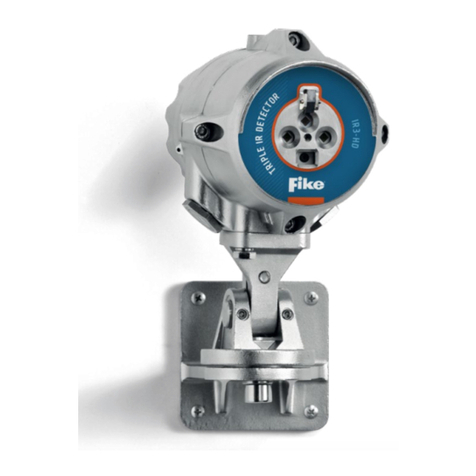
Fike
Fike FIK-IR3-HD User manual

Fike
Fike Sita User manual
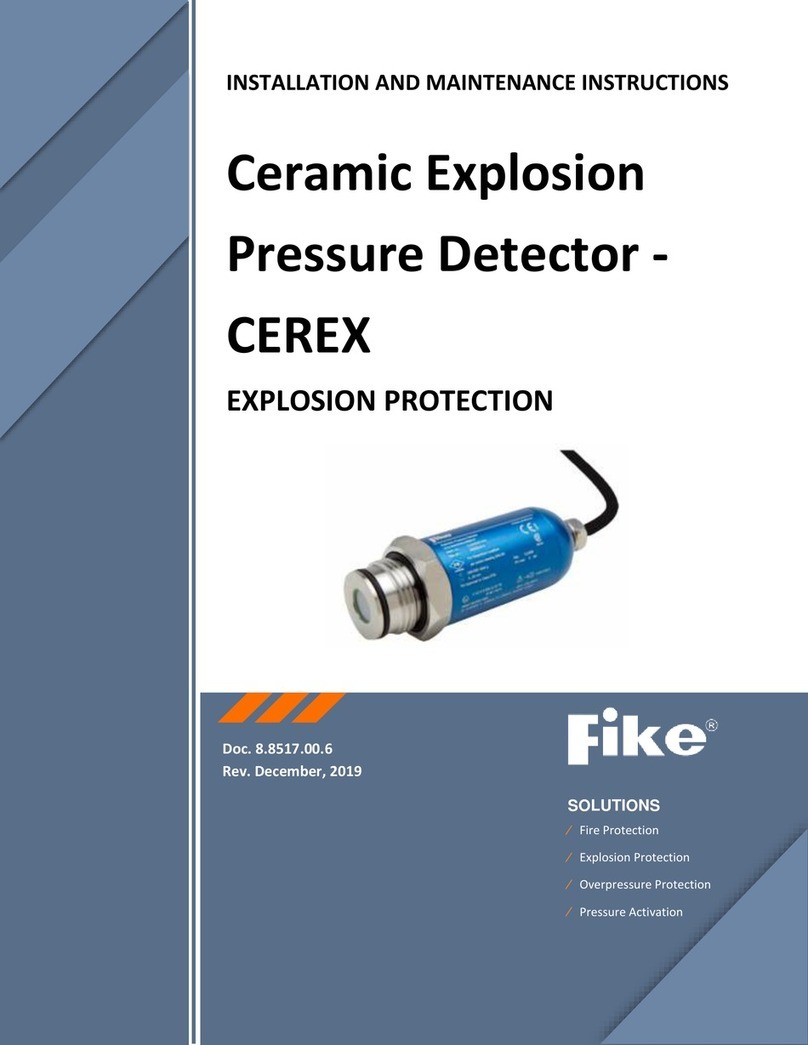
Fike
Fike CEREX User manual
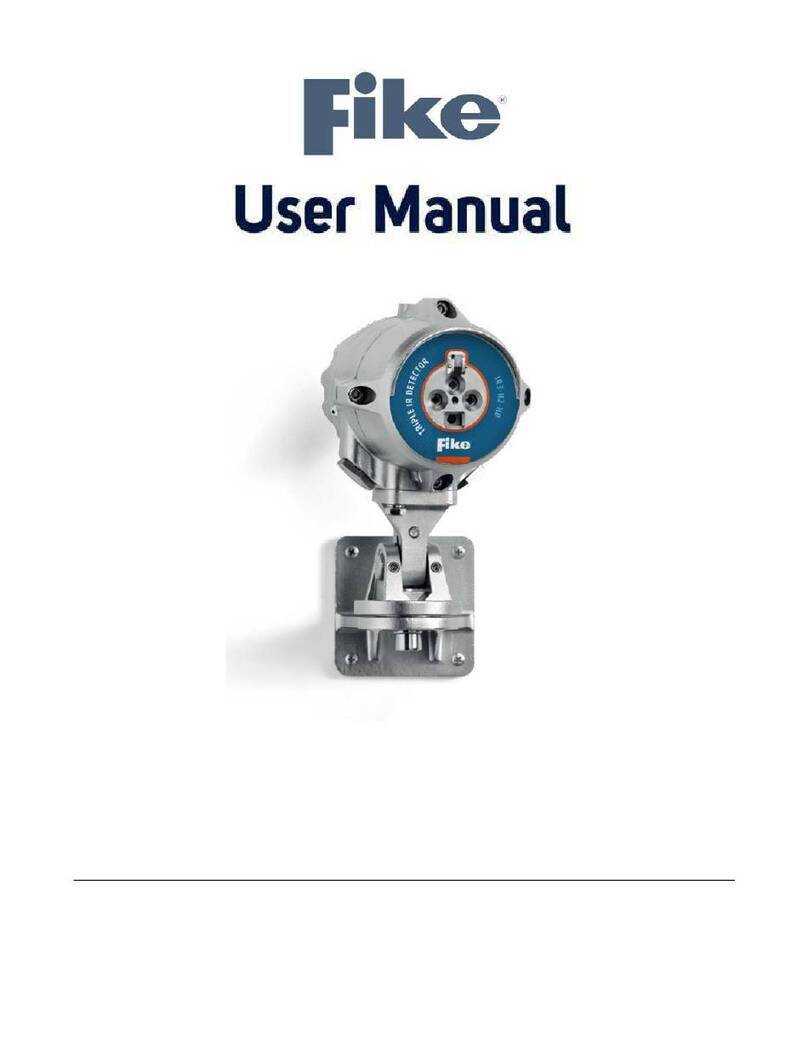
Fike
Fike FIK-IR3-H2-HD User manual

Fike
Fike 60-1039 User manual
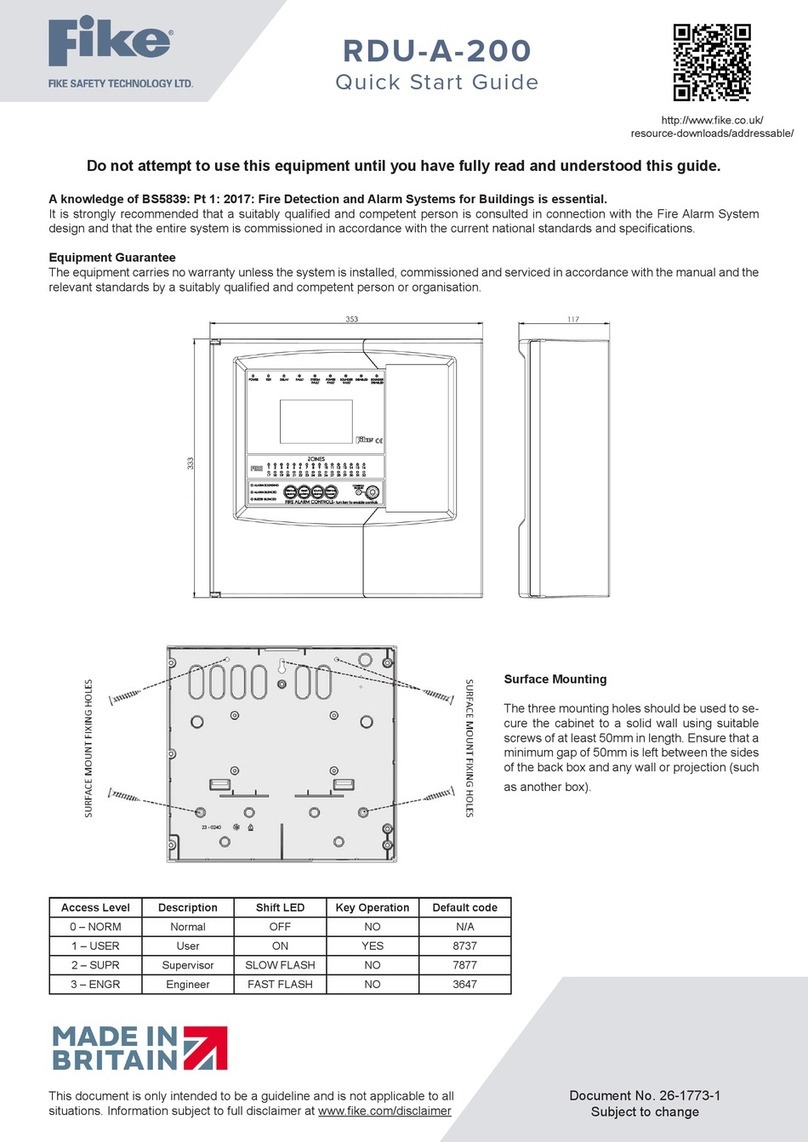
Fike
Fike RDU-A-200 User manual
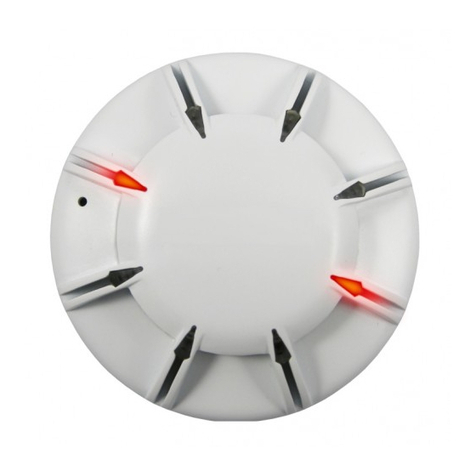
Fike
Fike OCELUS Series User manual

Fike
Fike 323-0001 User manual

Fike
Fike FIK-UV-IR-HD Series User manual
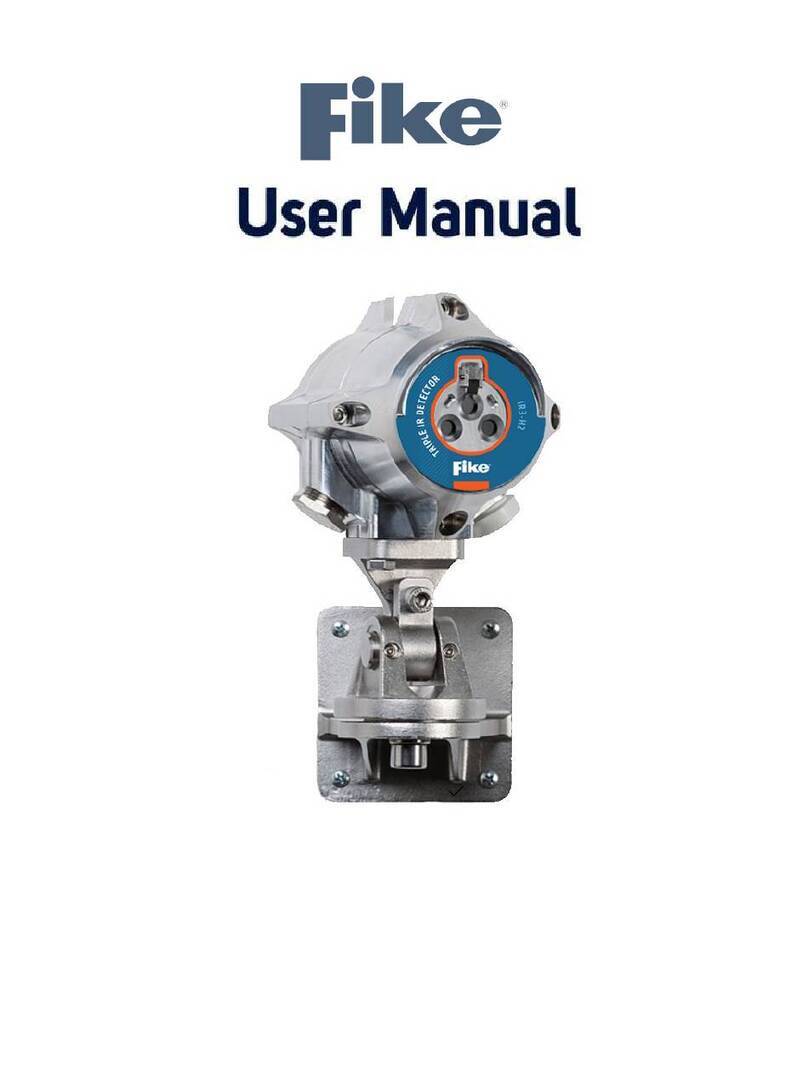
Fike
Fike FIK-IR3-H2 User manual
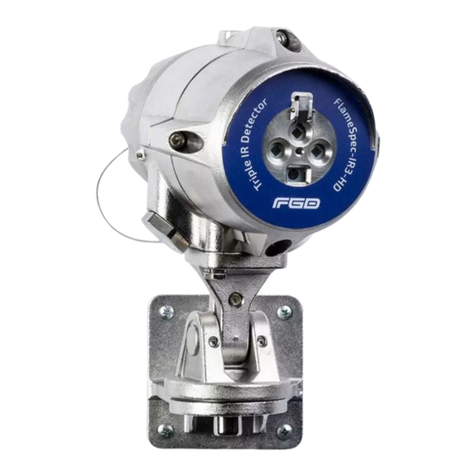
Fike
Fike FIK-IR3 User manual

Fike
Fike VESDA LaserCOMPACT VLC-500 User manual
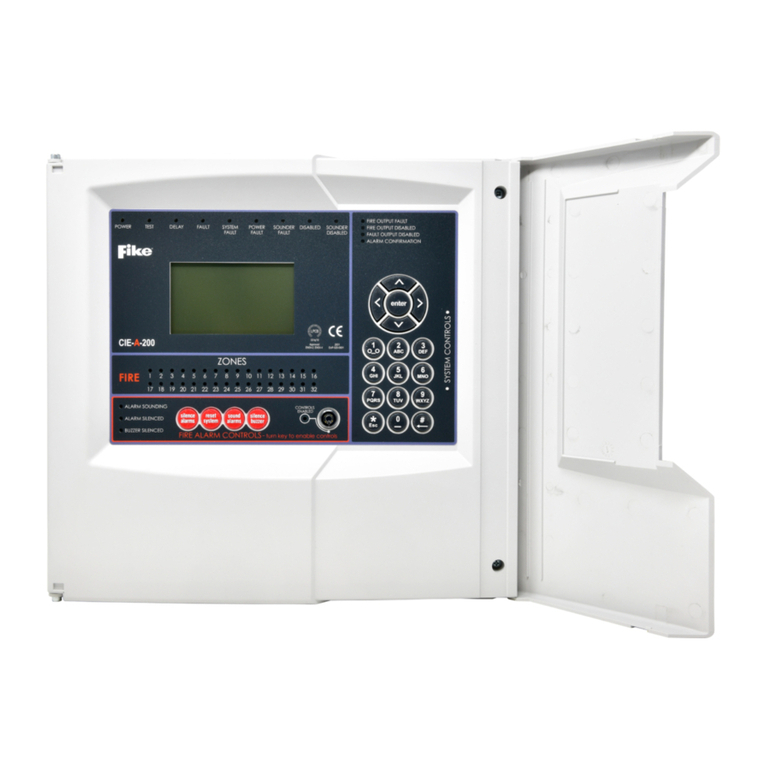
Fike
Fike CIE-A-200 User manual

Fike
Fike FIK-W-PULL-DA User manual
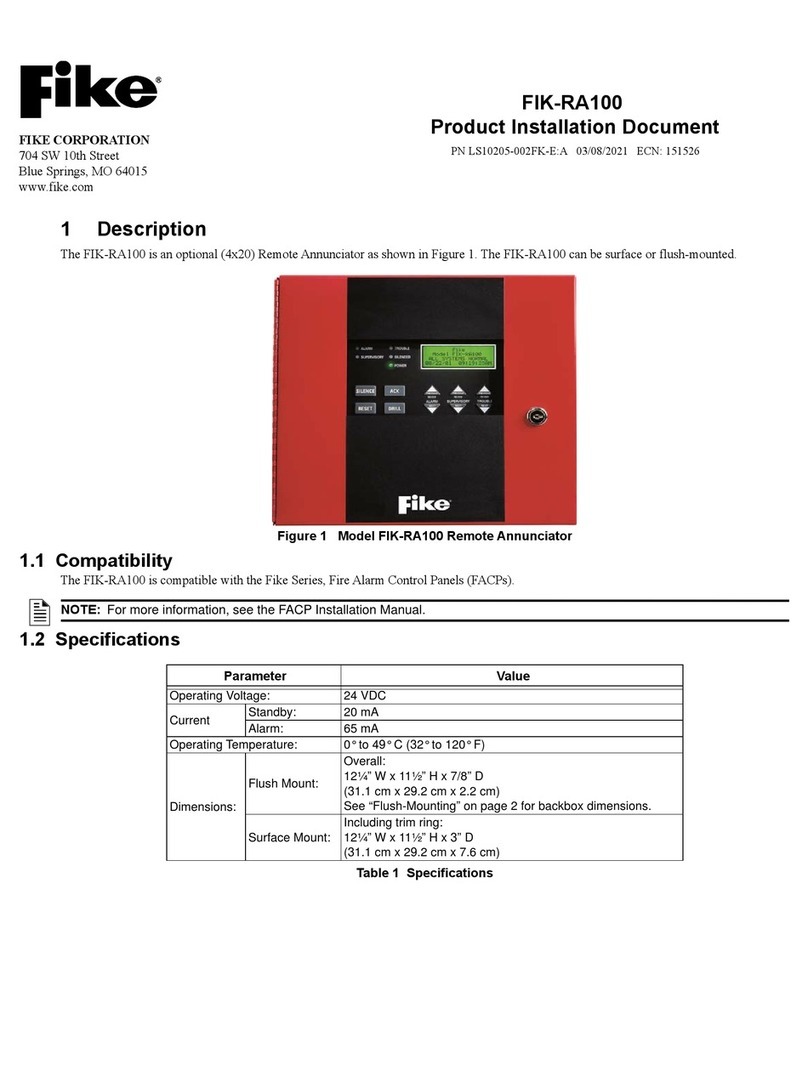
Fike
Fike FIK-RA100 Technical manual
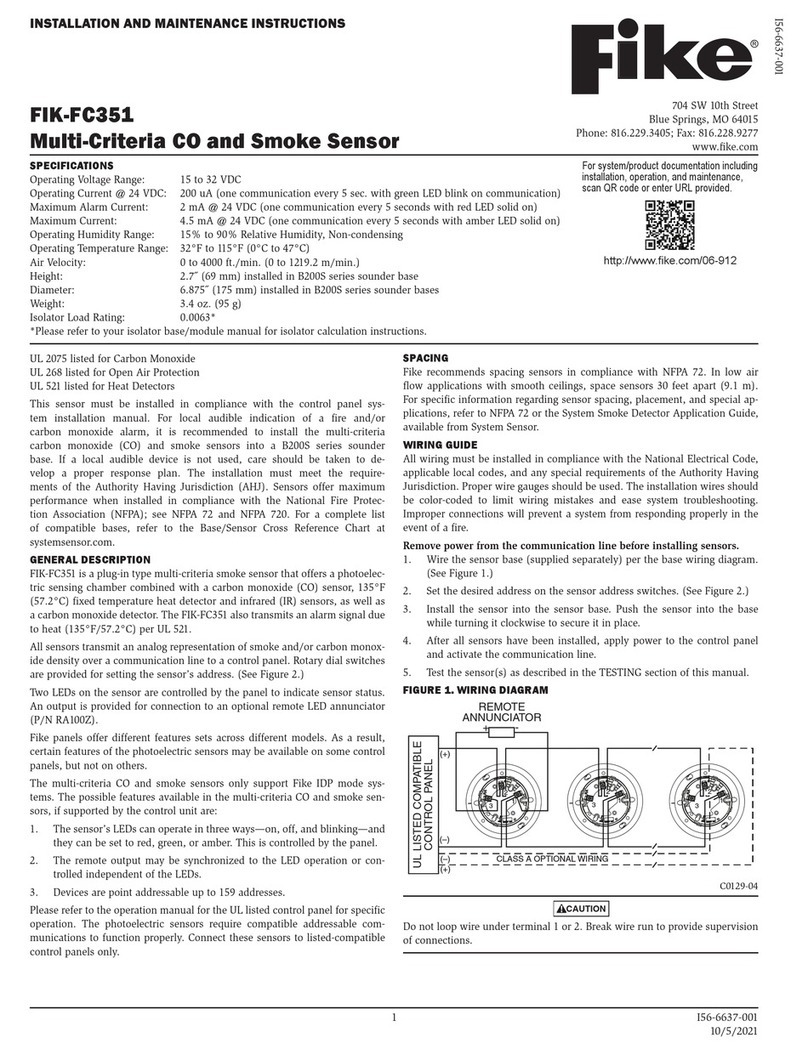
Fike
Fike FIK-FC351 User manual
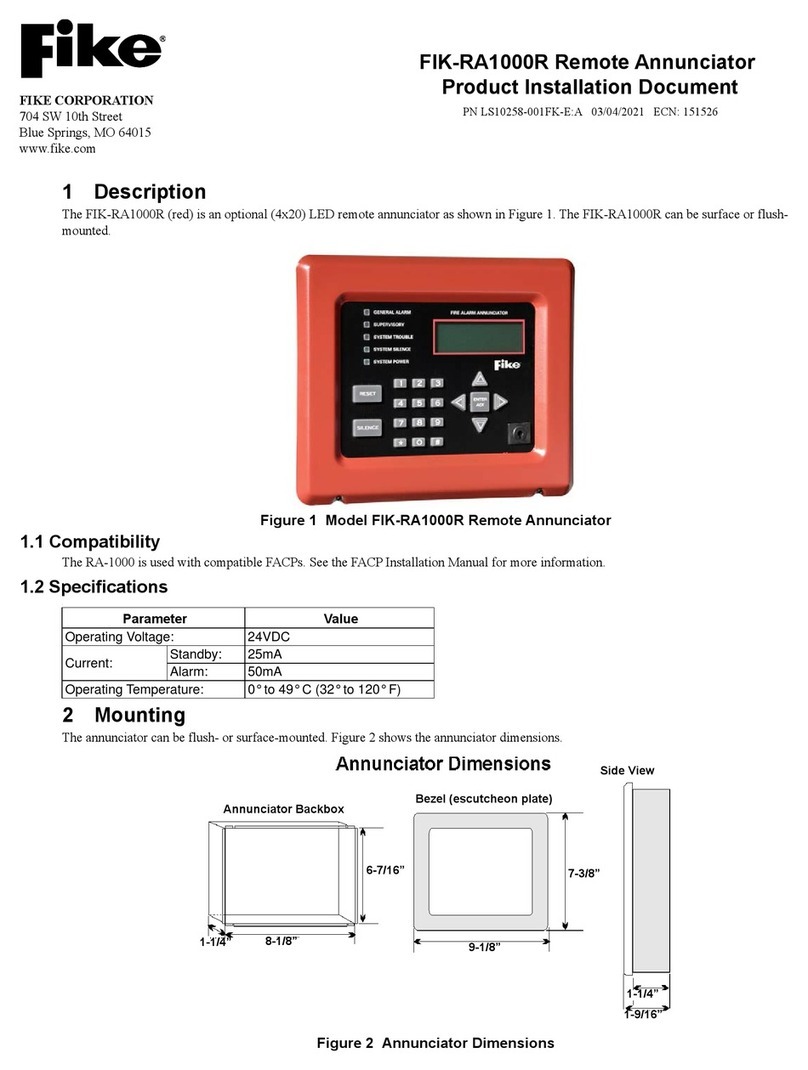
Fike
Fike FIK-RA1000R Technical manual
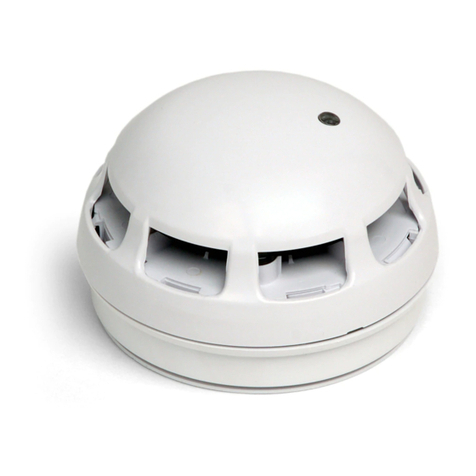
Fike
Fike 204-0003 Twinflex Multipoint ASD User manual
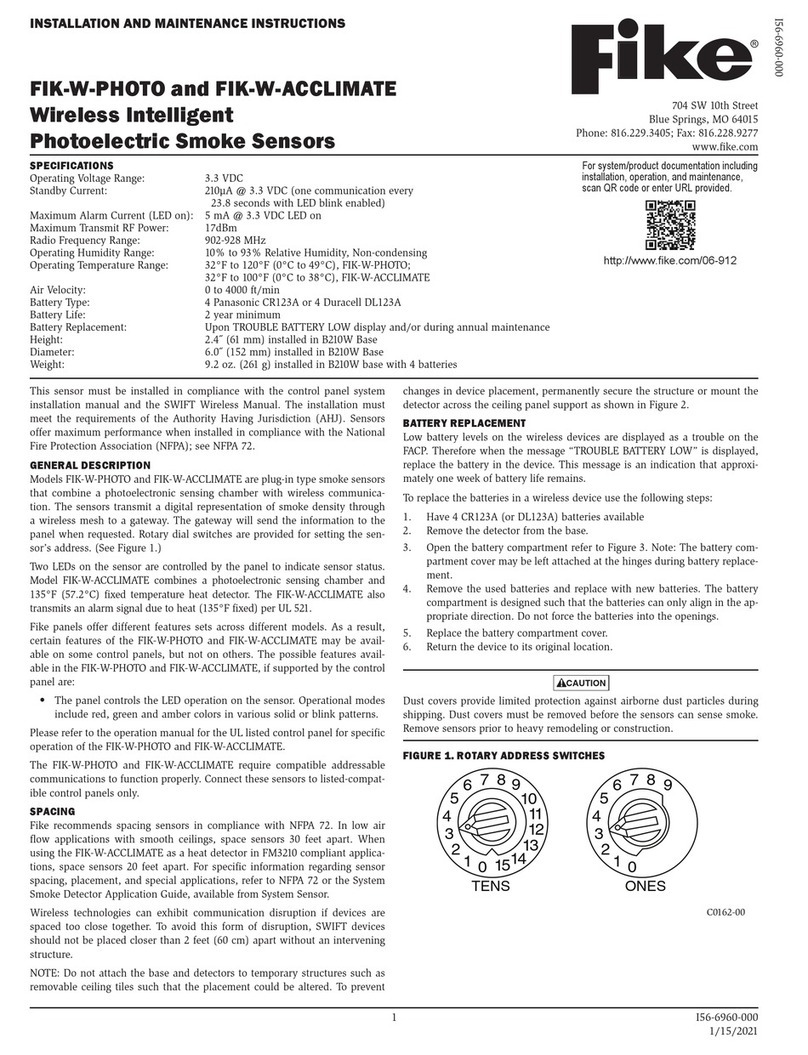
Fike
Fike FIK-W-PHOTO User manual
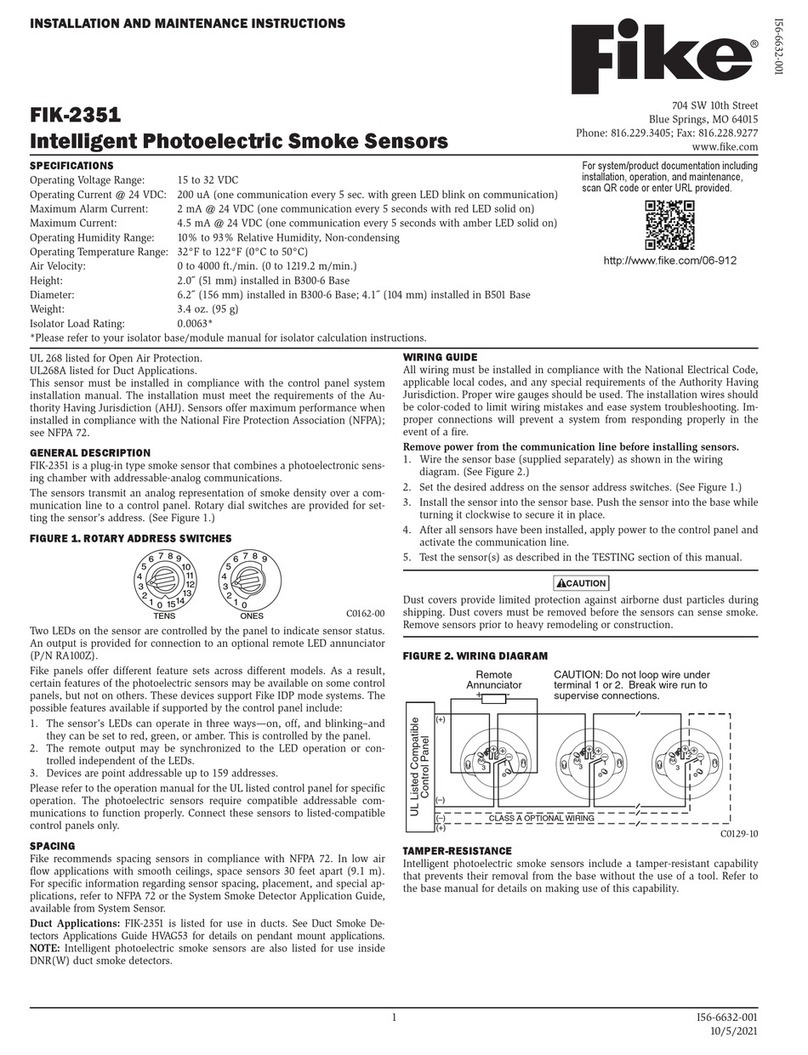
Fike
Fike FIK-2351 User manual
